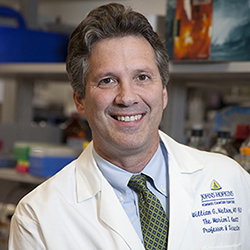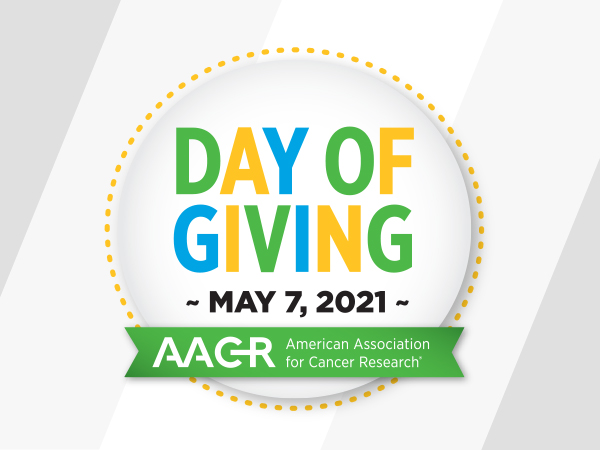Cancer Survival: Improving Health After Treatment
Guest Post by William G. Nelson, MD, PhD
Editor-in-Chief, Cancer Today
At long last, cancer survival statistics are beginning to reveal real progress. From 1991 to 2015, the cancer death rate in the U.S. dropped by 26 percent, resulting in an estimated 2.4 million fewer cancer deaths. In 2016, more than 15.5 million Americans with a history of cancer were alive; that number is projected to exceed 20 million by 2026. The U.S. health care system faces a looming challenge: how to deal with the wide array of health and wellness aftereffects faced by children and adults who were once cancer patients.
One way to address the challenge is to refine cancer therapies and reduce side effects. Breast cancer treatment offers some compelling examples.
One collection of clinical studies presented a choice to women with early-stage breast cancer: to undergo a lumpectomy (removal of the breast tumor) followed by radiation therapy, or a mastectomy (removal of the breast). The breast cancer outcomes were essentially the same using either approach. As a result, women can now make a quality-of-life decision for what is likely to be a long life after treatment is over.
As another example, breast cancer can spread to nearby lymph nodes in the axilla, or armpit. At one time, all axillary lymph nodes were removed during breast cancer surgery, with the result that lymphedema, or chronic swelling, of the arm appeared in as many as 20 percent of women who would undergo the procedure. By contrast, when surgeons removed only a small number of sentinel lymph nodes—the first nodes reached by fluid draining from the breast—only 6 percent of patients experienced lymphedema. Again, outcomes were similar for patients undergoing either approach, so sentinel node biopsies are increasingly being used when appropriate.
Finally, precision medicine tactics are being applied to reduce the side effects of breast cancer treatment. For women with early-stage breast cancer, large clinical trials have shown that adjuvant, or additional, chemotherapy and hormonal therapy reduce the chance of future breast cancer recurrence. Yet new tools that reveal the “gene signature” of a breast cancer tumor may allow as many as 46 percent of these women to avoid chemotherapy, sparing them from side effects like low blood counts, nerve damage, and cardiovascular complications.
Typically, after completing cancer treatment, survivors return to primary care providers who have little knowledge or experience with long-term cancer and treatment complications. For now, physicians who treat cancer are encouraged to supply survivors with a cancer treatment summary and a survivorship care plan that will aid their transition back to primary care. This model will likely prove inadequate, however, as the number of cancer survivors grows and the diversity of cancer treatments increases. Managing the health of cancer survivors may require a new medical subspecialty. Until then, cancer survivors should feel empowered to be their own advocates by proactively discussing their health questions and concerns with their physicians. They can also take control of their health by maintaining a healthy weight and diet, avoiding tobacco products, increasing physical activity, and reducing sun exposure.
William G. Nelson, MD, PhD, is the editor-in-chief of Cancer Today, the quarterly magazine for cancer patients, survivors, and caregivers published by the American Association for Cancer Research. Nelson is the Marion I. Knott professor of oncology and director of the Sidney Kimmel Comprehensive Cancer Center at Johns Hopkins in Baltimore. You can read his complete column in the winter 2018/2019 issue of Cancer Today.




